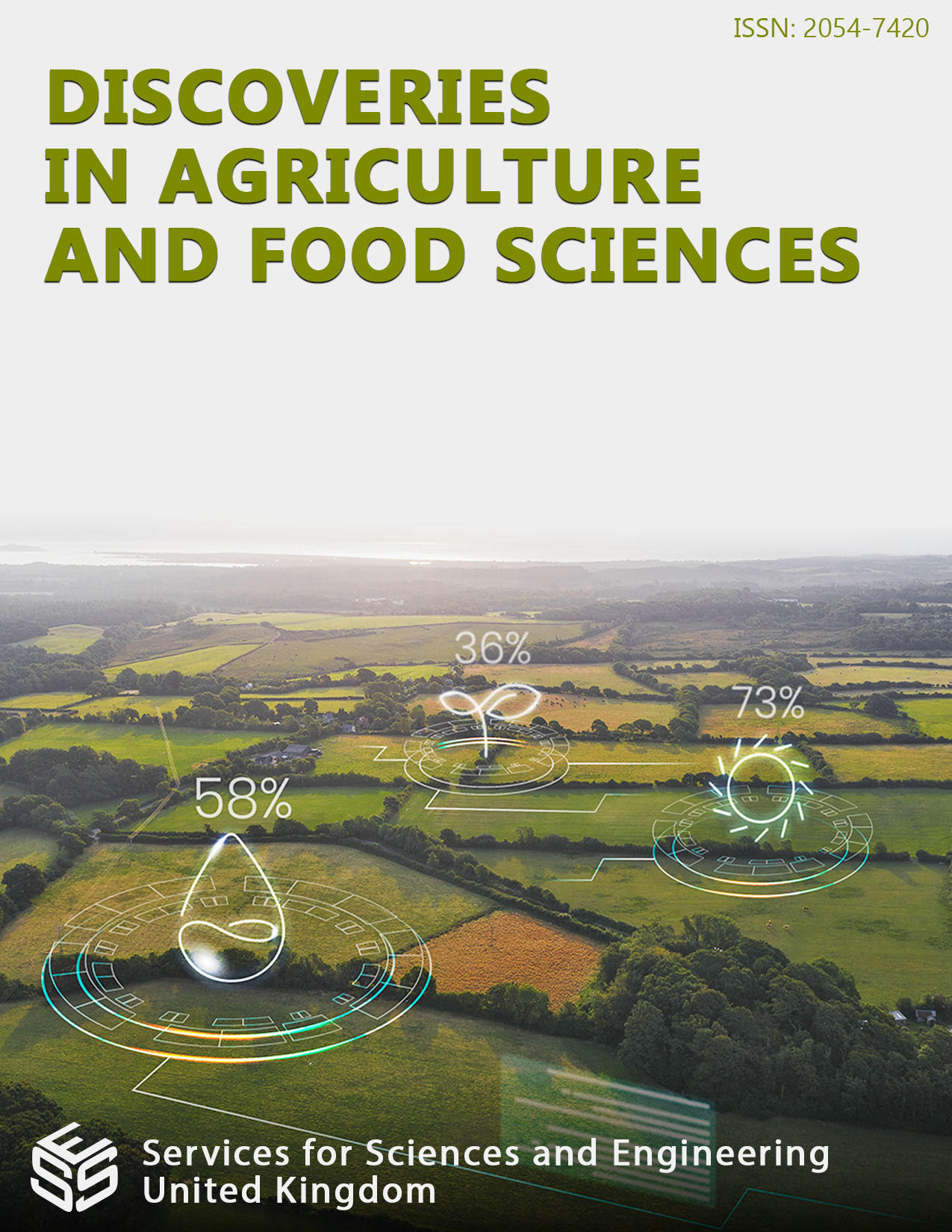Perceptions on Suitability of Utilizing the Grape Pomace Flour as an Ingredient in Bread Baking and Livestock Feeds Mixing: A Case of Mbarara City -Uganda
DOI:
https://doi.org/10.14738/tnc.116.15881Keywords:
Grape Pomace Flour, market research, food and livestock feed, winery residue, innovation projectAbstract
The 'Golden Wine Residue Innovation project, funded by the Center for Innovation and Technology Transfer (CITT) at Mbarara University of Science and Technology (MUST), seeks to transform grape winery residues into high-quality Grape pomace flour, with versatile applications in food and livestock feed. To assess the feasibility of utilizing Grape pomace flour in these sectors, a comprehensive market research survey was conducted in Mbarara City, Uganda. Qualitative research methods, including focus group discussions (FGDs) and in-depth interviews, were employed in the study. The research targeted various stakeholders, including grape farmers, grape fruit processors, bakeries, livestock feed processors, and consumers. Three FGDs were organized: one each for bread and livestock feed processors and two for grape producers and product users. Data collection involved interviews and discussions. Thematic content analysis was used to analyze and interpret the gathered data. The findings unveiled a multitude of insights regarding the potential supply of grape winery residues, existing gaps in current ingredients used in bread making and livestock feeds, and the perspectives of consumers towards products featuring Grape Pomace Flour. Key revelations included variations in land ownership among grape farmers, the presence of two distinct harvest seasons, and the limited utilization of grape residues. Participants expressed their readiness to explore alternatives and embrace Grape Pomace Flour provided it enhances taste, quality, and product shelf life. In conclusion, market research survey highlights promising opportunities for integrating Grape Pomace Flour into food and livestock feed applications in Mbarara City, Uganda. Therefore, to harness this potential, a set of strategic recommendations is proposed which include awareness campaigns, training in residue management, collaboration promotion, quality assurance measures, and adherence to packaging and labeling standards. These initiatives can contribute to sustainable growth in the local agricultural and food industries.
Downloads
Published
How to Cite
Issue
Section
License
Copyright (c) 2023 Tumusingize, Peregrino, Muchunguzi, Charles, Chebet, Mercy, Turyamuheebwa, Joab, Akatukwatsa, Martha

This work is licensed under a Creative Commons Attribution 4.0 International License.






